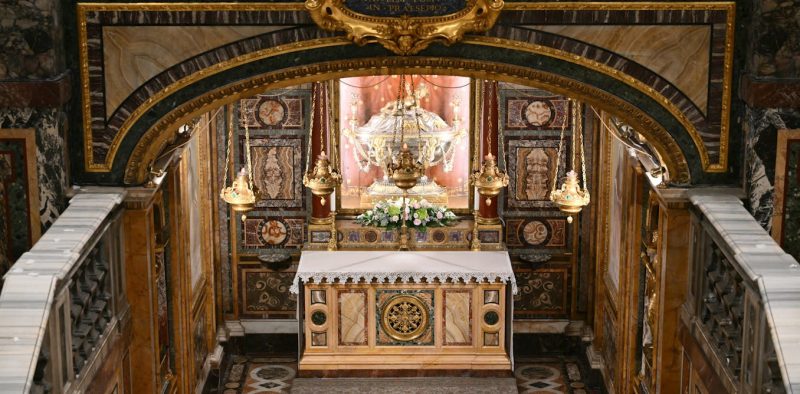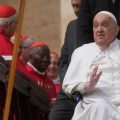
Pope Francis, at 88 years of age, has long been aware of his mortality. As early as 2015, he expressed his wish to be buried in the Basilica of Santa Maria Maggiore, a fifth-century Roman church dedicated to the Blessed Virgin Mary. His deep devotion to Mary and this basilica is evident in his consistent visits following his many international trips. This choice is particularly significant, as no pope has been interred there since the 17th century.
The funeral rites, simplified in recent years at the Pope’s behest, will unfold in three distinct phases. The first, a private affair in the Pope’s chapel, begins after medical professionals confirm his passing. The Camerlengo, currently Cardinal Kevin Joseph Farrell, will then assume responsibility for the funeral arrangements and the interim governance of the Vatican. This stage includes the ancient tradition of formally addressing the deceased Pope by his baptismal name, Jorge Mario Bergoglio, and the defacing of the Fisherman’s Ring to prevent its misuse. While legends speak of tapping the Pope’s forehead three times with a silver hammer, this lacks documented evidence.
Next, the body, dressed in simple white and red vestments, will be placed in a simple wooden coffin and transported to St. Peter’s Basilica for a three-day public viewing. This public display, in a plain, open casket, underscores the Pope’s humble role as a pastor rather than a head of state, a departure from past practices that involved elaborate catafalques. Unlike previous papal burials involving three coffins (cypress, lead, and elm), Pope Francis’s remains will be placed in a single coffin, containing a document detailing his papacy and a bag of coins representing his years in office. A solemn funeral Mass will then be held at St. Peter’s, followed by a nine-day period of mourning known as the Novendialis.
Finally, the third and final phase involves the Pope’s burial. His choice of Santa Maria Maggiore, instead of the traditional Vatican burial site, reflects his personal preference and deep connection to the basilica. This will involve a procession across Rome to the church, a fitting conclusion to a life marked by extensive global travel and spiritual devotion. After a final prayer and sprinkling of holy water, the coffin will be laid to rest, with the site later opened to the public for prayer and veneration. The burial in Santa Maria Maggiore, after centuries of papal interments in various locations, including the catacombs and St. Peter’s Basilica, marks a poignant and personal end to the life of Pope Francis.










